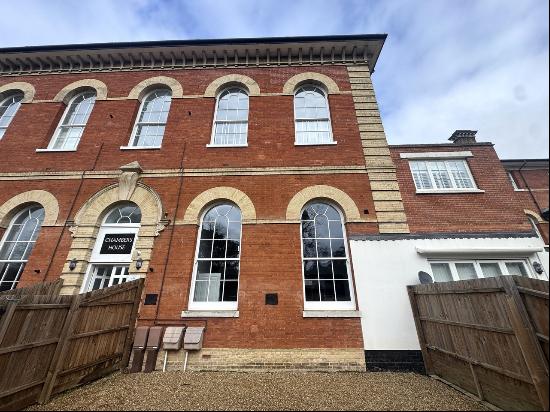
By Daisy Lafarge
Apologies to anyone who ever tried to rent The NeverEnding Story from the Blockbuster in Crystal Palace between 1998 and 2000 — you probably weren’t able to, I took out the store's only copy almost every week. There was no other film that I had such an emotional response to: I would always weep as the horse Artax drowns, succumbing to inertia in the Swamp of Sadness, or be fearfully transfixed by “The Nothing” — a force of diffuse, impersonal evil that is destroying the world of Fantasia. The protagonist Atreyu learns that The Nothing is generated by despair, and, because so many have given up hope, it is gaining power, reducing Fantasia to clouds of rock and rubble that drift through space.
My favourite scenes in the film, which was made in 1984, were those set in the bedroom of the Childlike Empress, played by Tami Stronach (pictured above). The Empress lives in Fantasia’s Ivory Tower, a glowing lily-like structure that seems to exist for the sole purpose of holding up the Empress’s capacious bed. The Empress herself was too ethereally beautiful for me to identify with, so instead I obsessed over her bed: an enormous ornate scallop shell, enclosing her like a precious pearl. I always wondered why we only ever see her in bed. It was as though together they form some composite being, mutually constituted by unimaginable textures — something proximate to cloud, gossamer and ostrich feather.
A stable home was not something I was able to take for granted when I was younger, so instead I built dens and nests, a magpie for the sensory worlds that could be assembled from cushions, chairs and bits of fabric. Once these nests were complete, I would curl up inside them and sleep.

To me, the Empress’s bedroom was the Platonic ideal of nests — so perfectly adapted to its inhabitant, so comfortable that you’d never need another. Looking back now, it's interesting that the nest I so idealised is one I knew to be under threat, since Atreyu’s main quest is to protect the Ivory Tower from its imminent destruction.
In one of the final scenes, The Nothing is closing in and cracks appear in the walls of the Empress’s bedroom. Showers of opalescent plaster fall on to her bed as the tower’s foundations crumble. The Empress, it transpires, is sick and getting weaker as The Nothing grows stronger. As an adult whose illness confines me to a lot of time in bed, I can understand now why she never gets out of hers.
I began to examine my childhood attachment to this film when I learnt recently that it is a favourite among the Italian far-right. I can understand how Fantasia might tap into a fascist imagination: the Ivory Tower and its beautiful Empress as a reified idyll of white civilisation, besieged by a shadowy, existential threat. What complicates this interpretation is that the film doesn’t depict an inviolable fantasy, or luxury as sustainably separate from the wider world. The Empress suffers because the world suffers.
Her bed is still my ideal bed — not only because it is luxurious, but because its comfort exists in constant tension with precarity. In this sense, it is a real nest, more like life than fantasy.
Daisy Lafarge's novel 'Paul' is published by Granta. 'Lovebug', a book about infection and intimacy, will be published later in 2023
Photography: Kpa/United Archives via Getty Images; Photo 12/Alamy





















